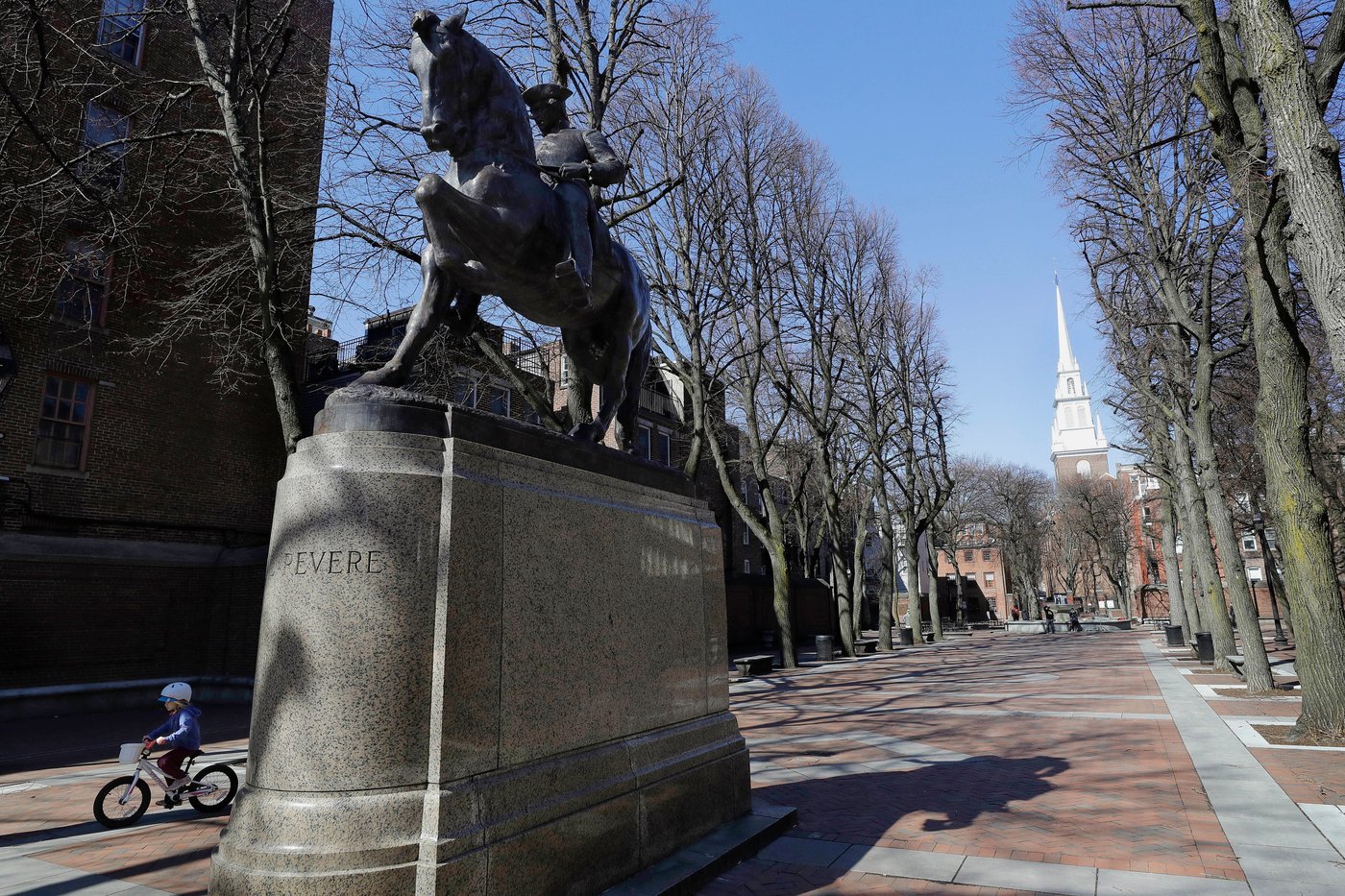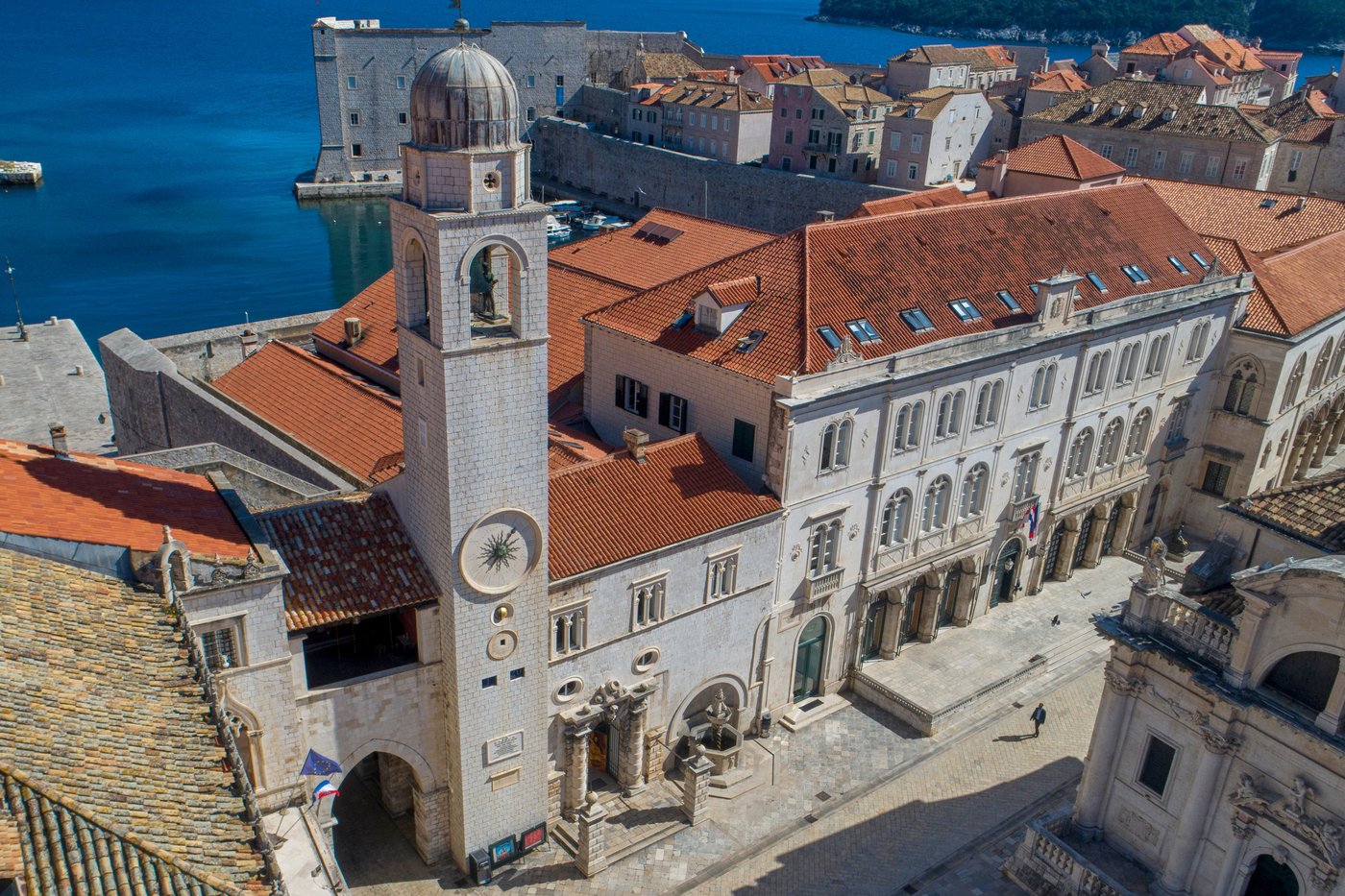Nature walks are good for you, but can a city stroll be just as good?

With every step on the trail, fallen leaves crinkle underfoot. The path follows a stream, rushing and burbling over smooth, gray stones, while a breeze rustles the branches overhead. Now compare that blissful mental image to what you might walk past in a city — traffic, crowds, concrete and glass. Which seems better for you?
Walking in nature has been shown to boost physical and mental health, lowering stress and restoring attention. But researchers are finding plenty of mental-health benefits to walking in urban areas, too.
You just have to find the right path and pay attention to your surroundings.
Don’t underestimate street trees
“Look at the green,” said Whitney Fleming, an environmental psychology researcher at Bangor University in Wales, U.K. “Most cities have greenery. No matter where you are, you can find a nice tree.”
She noted that walking — considered moderate exercise — is good for you in general; it can lower the risk of heart disease, high blood pressure, dementia, depression and many types of cancer. Walking in nature goes beyond the benefits of physical movement: “Humans have an innate, evolutionary tendency to like nature.”
Fleming’s research has found that people who were asked to pay attention to plant life while walking were significantly less anxious afterward than those asked to focus on human-made elements. The former group also reported feeling more positive emotions.
“Having natural elements to look at in cities is really important in terms of these effects, because you can still receive benefits even when not in a natural setting,” she said.
But lively plazas and buildings can offer their own ‘soft fascination’
Other researchers have challenged the belief that cities are inherently stressful, said Cesar San Juan Guillen, a social psychology professor at the University of Basque Country in Spain.
Until recently, he said, much environmental research was biased against the built environment, comparing natural settings with stressful urban ones, such as traffic-heavy streets.
San Juan Guillen has compared people who spent time in a green urban park to those who went to a busy plaza with a historic church, playground and bars. Both showed improved cognitive performance and attention, he said, and fewer negative emotions like anxiety, hostility and fatigue.
But the group in the more built-up plaza felt even more energized and less stressed.
Spending time in historic urban areas, walking in cemeteries and taking in panoramic views, for instance, provoke “a kind of soft fascination,” San Juan Guillen said.
“This type of involuntary attention may be more effective… (at recovering) the kind of attention we deplete through work or study,” he said.
Find a ‘kiss test’ walk
The fields of environmental psychology, neuroscience and architecture are drawing on each other’s research for a better understanding of how people interact with the built environment, said Tristan Cleveland, an urban planning consultant with the Canadian firm Happy Cities.
“With blank walls, people actually walk past them faster, as if they’re trying to escape,” said Cleveland, who received his doctorate at Dalhousie University in Nova Scotia. “And they’re less likely to stop and talk if they see a friend.”
When considering where to walk in cities, Cleveland suggested seeking out places that would produce the sense of soft fascination. You’ll know a destination or route does if it passes the “first kiss test,” somewhere you might bring someone on a date, he said.
Annabel Abbs-Streets, author of “The Walking Cure” and “52 Ways to Walk,” said she has experienced that sense of bliss in a variety of locations. She suggested seeking out walkable cities like Boston; Taos, New Mexico; and Dubrovnik, Croatia.
Or just find the closest historic cemetery to home — Abbs-Streets is a fan of London’s “Magnificent Seven” Victorian cemeteries.
“It’s not that green is good and gray is terrible,” Abbs-Streets said. “The truth is that green and gray are just very different. Sometimes the difference is good.”
___
Albert Stumm writes about wellness, travel and food. Find his work at https://www.albertstumm.com


Join the Conversation!
Want to share your thoughts, add context, or connect with others in your community?
You must be logged in to post a comment.

















